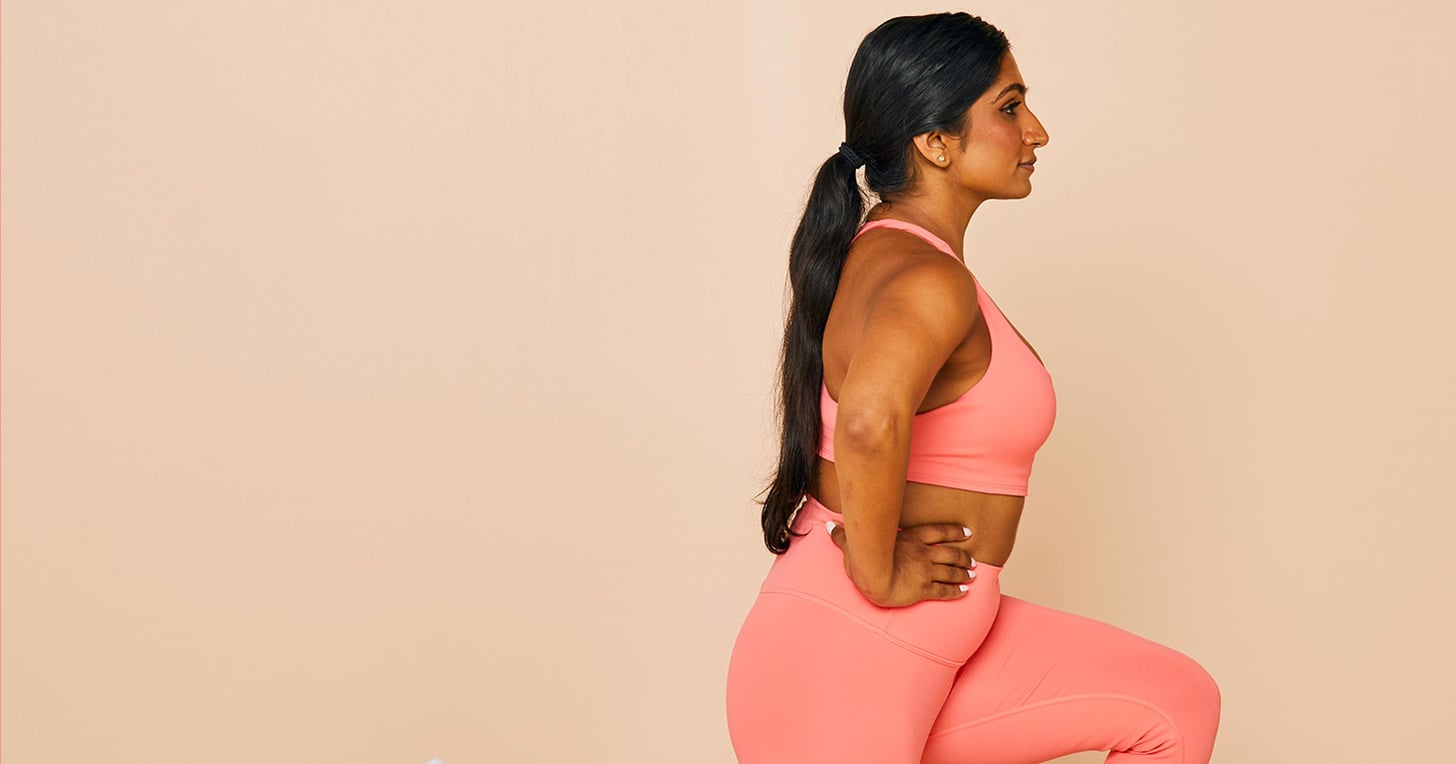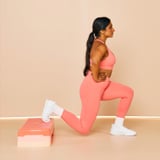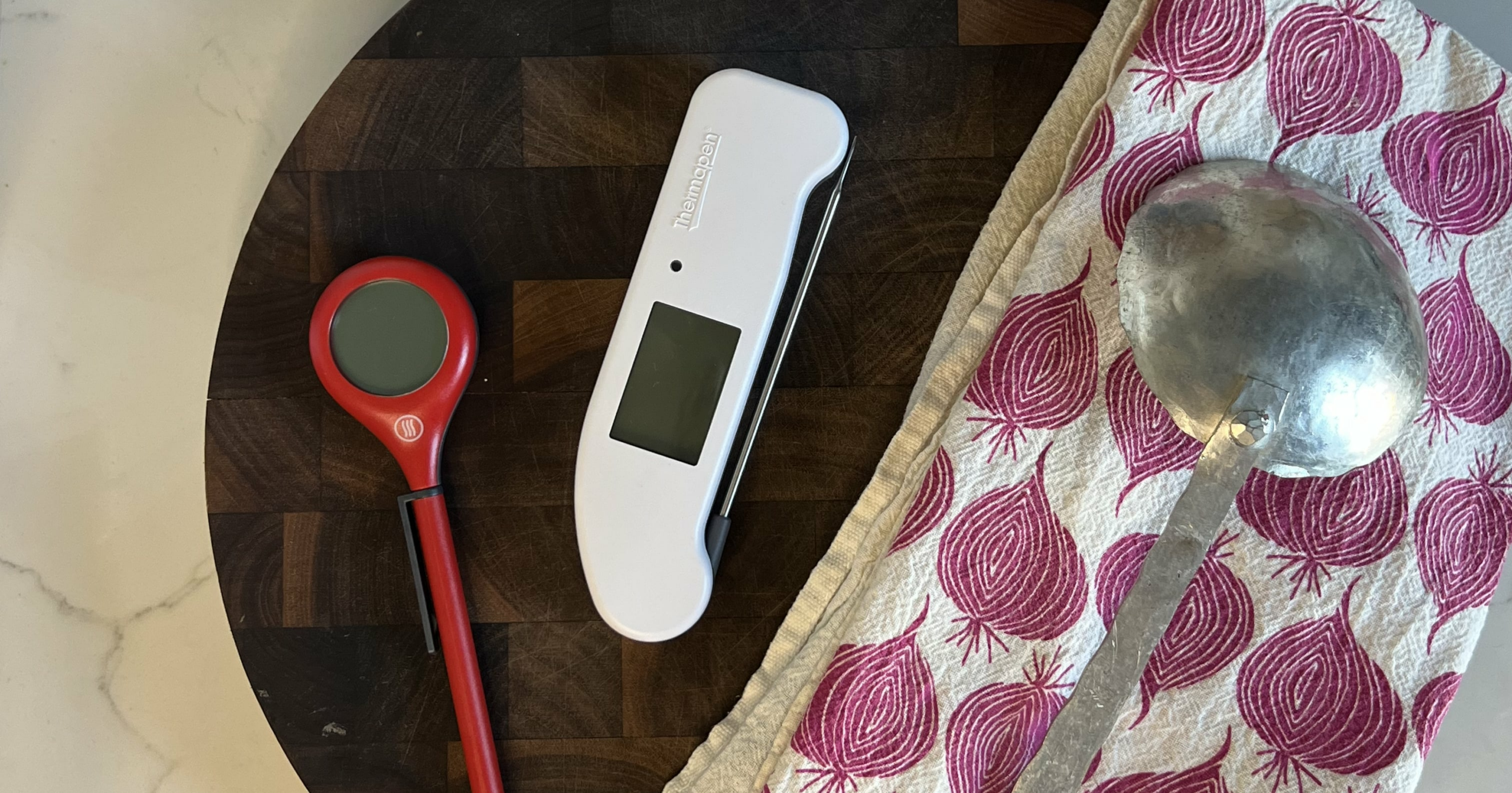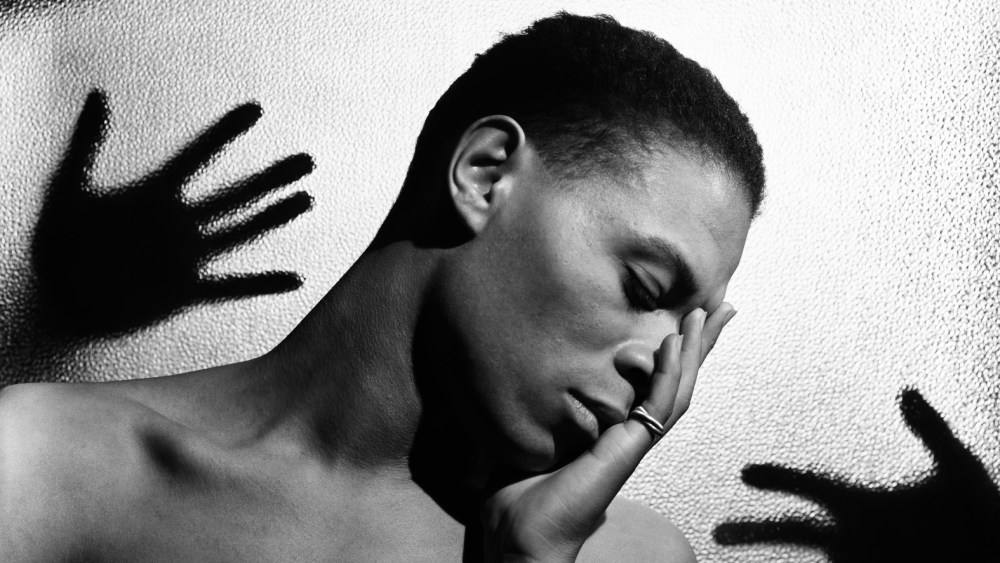If you’re looking to change it up on leg day, Bulgarian split squats are a great way to add variety to your workout routine. In fact, they’re the move you should be adding to your lower-body day when you really want to know you worked out the next day, because Bulgarian split squats are sure to leave you with DOMS – especially in your glutes and quads. This lunge variation is made seriously challenging by elevating your back leg on a bench, stool, or even TRX strap (if you feel daring), which turns it into a glute and quad powerhouse.
Bulgarian split squats deliver results along with the soreness. They’re great for improving your balance, strengthening your glutes, and preventing muscle imbalances. That’s because when we work both legs at the same time, such as with a regular squat, there’s a tendency for the more dominant or stronger leg to take over, which leads to muscle imbalances. Training one leg at a time can help prevent those imbalances and strengthen each leg independently, as well as focus the mind-body connection and improve form on each side.
The tradeoff for the impressive benefits Bulgarian split squats offer is that they’re not the easiest to approach. Finding the right setup is key – you won’t believe how big of a difference one little adjustment can make. To help, PS spoke with Grace Taylor PT, DPT at Boston Sports Medicine, to get tips on proper Bulgarian split squat form as well as plenty of variations to try.
Benefits of Bulgarian Split Squats
Bulgarian split squats predominantly strengthen your quadriceps, gluteus maximus, and gluteus medius, Taylor says. The secondary muscles utilized are the hamstring, calf muscles, other ankle stabilizers, and core. By elevating your back leg, you eccentrically strengthen it, which is directly applicable to everyday activities like climbing stairs and hiking. This move is also a great way to transition from regular squats to single-leg squats (aka pistol squats) since it improves the mind-body connection and requires more balance. Single-leg exercises can also help you avoid overtraining your dominant limb, as turning the focus to a single leg helps eliminate the potential for muscular imbalances on one side.
Bulgarian Split Squat Form Tips
First, a few Bulgarian split squat form tips. The most common problems trainers see with Bulgarian split squats are clients trying to lean forward, letting their standing knee fall inward, or turning their pelvis outward.
To avoid leaning forward, Taylor recommends imagining there’s a spotlight on your chest and keeping it pointed forward at the opposite wall throughout the entire exercise, rather than letting it point at the ground. She also recommends keeping a neutral spine (i.e. not rounding forward or arching back) and hinging through the hips as you perform the movement.
To keep your standing knee from falling inward toward the midline of your body, imagine that you’re holding two sheets of paper on either side of your knee and that you have to keep the knee from touching them. If you’re having trouble with this, Taylor recommends minimizing the depth of the squat to the point just before the knee instability occurs and working on strengthening it by dropping a little lower each week until you can keep the knee in a straight line.
To prevent a pelvic imbalance and to make sure you’re dropping your hips down evenly rather than favoring one side, Taylor recommends keeping your hands on your hips or watching yourself in a mirror to make sure they stay level.
How to Do a Bulgarian Split Squat
To get started, you’ll need something you can elevate your back leg on, such as a bench, step, stool, chair, or other sturdy object (8-10 inches in height is best).
- Sit on the edge of your bench/step/stool and extend one leg out in front of you. Mark the spot where your heel lands with a piece of tape or another object, like a small dumbbell.
- Stand with one heel in line with your marked spot and the other toe/forefoot behind you resting on the bench. It’s best to have your foot closer to the front edge of the bench, but not to the point where you risk the foot losing contact with the bench. Make sure your feet are shoulder-width apart. Balance your weight equally between the heel of your standing leg and the toes on your back leg. This is your starting position.
- Bend the front knee to lower your body and back knee toward the floor. Drive your glutes back toward the bench, hinging at the hips. Pause when your front leg is parallel to the ground, or as low as is comfortable.
- Drive through the standing leg, using the glutes and quads to bring yourself back up to standing. Don’t lock the front knee when you reach the top.
- Do 3-4 sets of 6-10 reps.
Bulgarian Split Squat Alternatives
If you’re having trouble with Bulgarian split squats, don’t have the right equipment, or want to take it down a notch, there are plenty of alternate moves you can try. Reverse lunges and curtsy lunges are both more beginner-friendly moves that target the same muscles and don’t require any equipment.
If you’ve mastered the basic Bulgarian split squat and you’re looking to level up, try one of the more challenging variations below.
Bulgarian Split Squat Variation: Dumbbell Bulgarian Split Squat
To make this exercise more challenging, add weight. There are a few different ways to do so: You can hold a free weight in each hand by your sides, hold just one weight in the hand opposite your standing leg to increase the challenge on your balance, or hold a kettlebell in a goblet position, as seen in the photo above. Note that adding weight can increase the tendency to bend forward through your mid back, so be especially conscious of your form as you start to level up.
- Sit on the edge of your bench/step/stool and extend one leg out in front of you. Mark the spot where your heel lands with a piece of tape or another object, like a small dumbbell.
- Stand with one heel in line with your marked spot and the other toe/forefoot behind you resting on the bench. It’s best to have your foot closer to the front edge of the bench, but not to the point where you risk the foot losing contact with the bench. Make sure your feet are shoulder-width apart. Balance your weight equally between the heel of your standing leg and the toes on your back leg. Hold a dumbbell in each hand by your sides. This is your starting position.
- Bend the front knee to lower your body and back knee toward the floor. Drive your glutes back toward the bench, hinging at the hips. Pause when your front leg is parallel to the ground, or as low as is comfortable.
- Drive through the standing leg, using the glutes and quads to bring yourself back up to standing. Don’t lock the front knee when you reach the top.
Bulgarian Split Squat Variation: Quad-Focused Split Squat
If you want to make this a more quad-focused exercise, you can place a rolled-up yoga mat under the heel of your standing leg to elevate it.
- Sit on the edge of your bench/step/stool and extend one leg out in front of you. Mark the spot where your heel lands with a rolled-up yoga mat.
- Stand with one heel on the yoga mat with the toes of that foot resting on the floor. Place the other toe/forefoot behind you, resting on the bench. It’s best to have your foot closer to the front edge of the bench, but not to the point where you risk the foot losing contact with the bench. Make sure your feet are shoulder-width apart. Balance your weight equally between the heel of your standing leg and the toes on your back leg. This is your starting position.
- Bend the front knee to lower your body and back knee toward the floor. Drive your glutes back toward the bench, hinging at the hips. Pause when your front leg is parallel to the ground, or as low as is comfortable.
- Drive through the standing leg, using the glutes and quads to bring yourself back up to standing. Don’t lock the front knee when you reach the top.
Bulgarian Split Squat Variation: Plyo Split Squat
If you’re training for a sport that requires jumping, you can perform mini jumps with your standing leg. If you choose this more intense variation, be sure to focus on your form, particularly on keeping your knee stable, when pushing off and landing.
- Sit on the edge of your bench/step/stool and extend one leg out in front of you. Mark the spot where your heel lands with a piece of tape or chalk mark on the floor.
- Stand with one heel in line with your marked spot and the other toe/forefoot behind you resting on the bench. It’s best to have your foot closer to the front edge of the bench, but not to the point where you risk the foot losing contact with the bench. Make sure your feet are shoulder-width apart. Balance your weight equally between the heel of your standing leg and the toes on your back leg. This is your starting position.
- Bend the front knee to lower your body and back knee toward the floor. Drive your glutes back toward the bench, hinging at the hips. Pause when your front leg is parallel to the ground, or as low as is comfortable.
- Drive through the standing leg, using the glutes and quads to bring yourself back up to standing and then push off the front foot to jump a few inches off the floor. Land softly with a bent knee.
Bulgarian Split Squat Variation: TRX Split Squat
Finally, for an increased balance challenge, you can place the back leg in a TRX strap instead of on a bench. (If you’re having trouble with the setup, take a peek at this visual.)
- Start on your hands and knees about a foot in front of a TRX. Reach behind you to grab the TRX, and place one foot, laces down, through the handle loop, then place that knee on the floor directly under your hip. Step the other foot in front of you so your leg is bent at a 90-degree angle with your knee directly over your ankle. This position should feel like the bottom of a Bulgarian split squat, just with your rear knee resting on the ground.
- Slowly and carefully press into your front foot to stand on your front leg. Keep your other leg extended slightly behind you with your foot in the TRX. This is your starting position.
- Bend the front knee to lower your body and back knee toward the floor. Allow your rear leg and hips to shift backward as you lower into the lunge. Pause when your front leg is parallel to the ground, or as low as is comfortable.
- Drive through the standing leg, using the glutes and quads to bring yourself back up to standing. Don’t lock the front knee when you reach the top.




